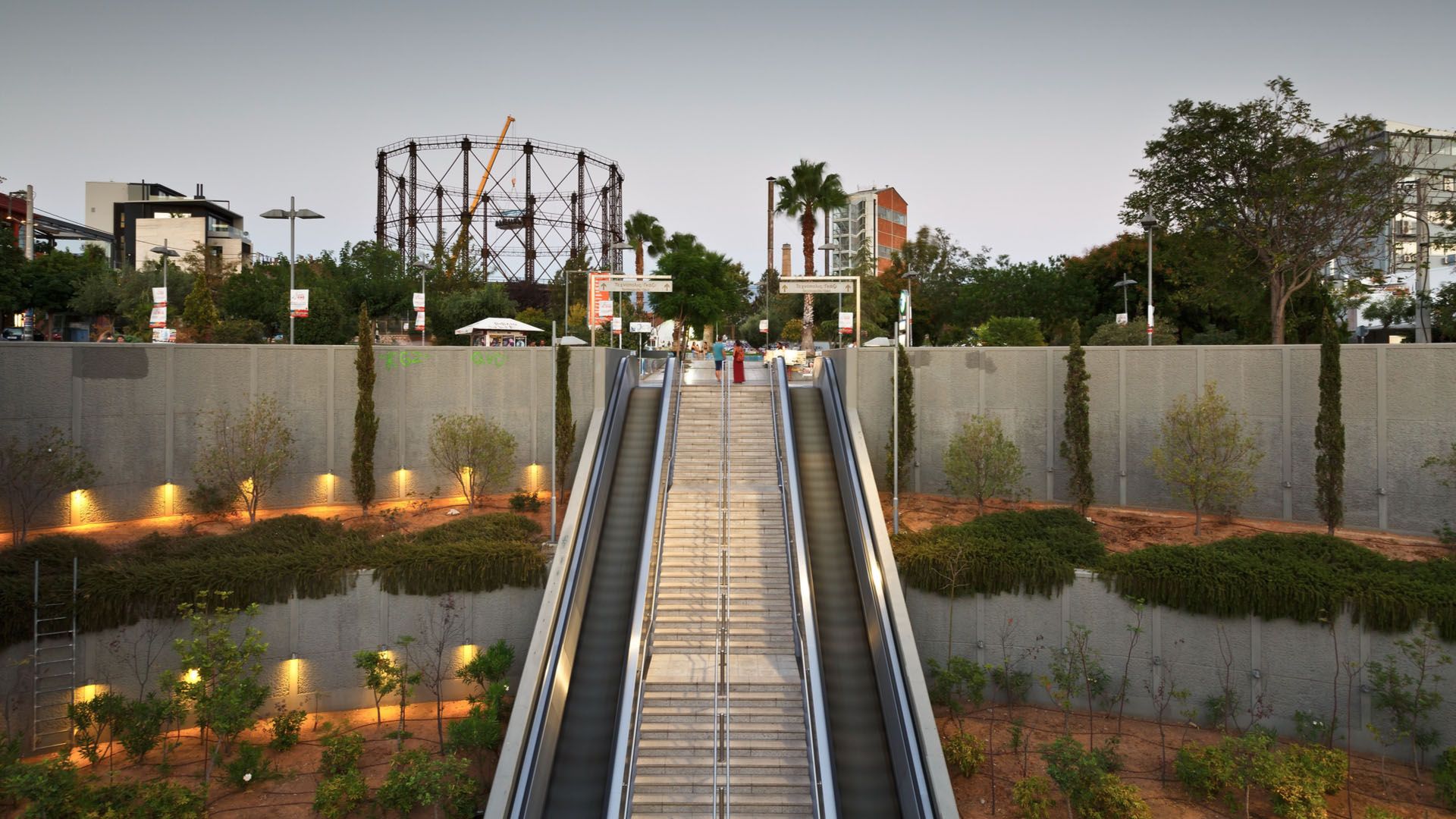Acropolis-Ancient Agora- Hills of the Nymphs- Muses and Pnyx
Acropolis-Ancient Agora- Hills of the Nymphs- Muses and Pnyx
Four rocky hills linked to the history of Athens, overlooking the entire basin of Attica:
The rocky Hill of the Acropolis with the Propylaia, the temple of Temple of Athena Nike and the Erechtheion, the most famous monuments of classical antiquity. The theater of Dionysus on the south side of the Acropolis hill, is considered as the cradle in which the highest type of poetic speech, ancient tragedy was formed and developed for centuries. The Conservatory of Herod of Atticus (2nd century A.D.) is the center of artistic events to this day. The Ancient Agora with the Temple of Hephaestus (Thission) of the 5th B.C. century, the Stoa of Attalos (Hellenistic era) and the intermediate area with the ruins of the Prytaneion of Mitroos, the Parliament, the court of Heliaia as well as other altars, sanctuaries and temples. The area was the political, administrative, judicial, religious and economic center of the classical era where the democratic state of Ancient Athens was born and functioned. Areios Pagos where the highest court of antiquity operated “”the Areios Pagos Parliament””, is also the place where the Apostle Paul taught Christianity.
The Hill of the Muses (Philopappou), once a museum, dedicated to the Muses is considered one of the most beautiful places in the world. The Philopappou monument was erected in honor of the benefactor of Athens in 114 A.D. The formation of the archaeological site around the Acropolis and Philopappou hill was designed with the study and supervision of Dimitrios Pikionis. It is a unique formation that indicates the continuity from ancient Greek to the modern local architecture of Attica. On the West side there is the “Dora Stratou”Greek Dances Theatre, designed by the painter Spyros Vassiliou.
The Hill of Pnyx: The place where the Assembly of the Athenians held its meetings and the platform where the great orators and every citizen delivered their speeches on the cubic rock-step that still exists. The best view towards the Acropolis to the Agora.
The Hill of the Nymphs with the neoclassical building of the Observatory. Near the Hill of the Nymphs in the gorge between the three hills the Municipalities of Koili and Pelitis were spread which in the 5th c. e.g. were surrounded by the precinct of Themistocles. What many believe to be the tomb of Kimon has been excavated in the rectangular opening in the rock face on the northwest side of the Hill of the Muses.
In the area between the Acropolis and the above hills, is the church Agios Dimitrios Loumbardiaris and the formations of the area designed by the great architect Dimitrios Pikionis who managed to combine Ancient, Byzantine and Popular architecture. The hill of the Acropolis is steep from the eastern and mainly from the northern side where a series of small caves is formed. The Cave of Panos, the Cave (sanctuary) of Apollo of the Hypocrates, the Cave (sanctuary) of Aglauros and the slab-paved court of Klepsydra). In the cave of Klepsydra there was a spring with a continuous flow from which the besieged on the Acropolis could drink water. A secret staircase connected the Cave with the Acropolis.
The Hills of Philopappou, Pnyx, the Observatory and the Areios Pagos were reforested with pines and cypresses at the end of the last century. In the area of the Ancient Agora and at the entrance of the Acropolis native trees and shrubs of the Attic landscape (carob trees, olives, etc.) were planted, as insisted by the architect Dimitrios Pikionis and alien species were displaced. The view from the hills and the Acropolis offers a panoramic view of the Attica basin. Today, in addition to the great archaeological and cultural interest of the area, it is also a place for walks and recreation for the Athenians.
The monuments of the Acropolis were shaped in their classical form over a long period of time (13th century B.C.-5th century B.C). The Parthenon remained almost intact until the fall of the Roman Empire. The Herouls burned the Parthenon in 267 A.D. It was repaired by Julian in 361 A.D. In the 3rd century it was converted into a Christian church. Theodosius II moved the statue of Athena Parthenos to Constantinople. It was later converted into a church of dedicated to Virgin Mary. The Crusaders turned the church into a Catholic church in 1208 and the Turks into a mosque in 1460. Elgin took the Parthenon marbles in 1687. Restoration and preservation work took place in the previous century and the early 20th century and continues to this day. The Ancient Agora was uncovered in the 1930s. The neighborhood of Vlasaros that covered the Ancient Agora was demolished.
The quarry on the south side of Philopappou operated in the last decades of the last century. The mining was stopped after protests by archaeologists. The area has enormous socio-economic, cultural and aesthetic value since it gathers archaeological, artistic, technological and touristic interest and highlights the coexistence of the less aesthetic man-made elements with the natural elements, the panoramic view, with the monuments of the Athenian Democracy, in the middle of the big city.









